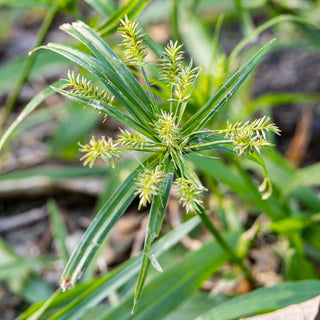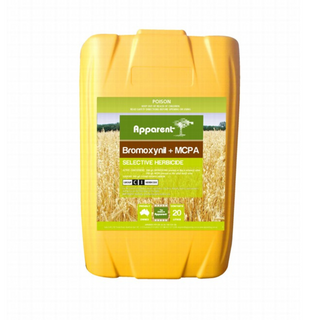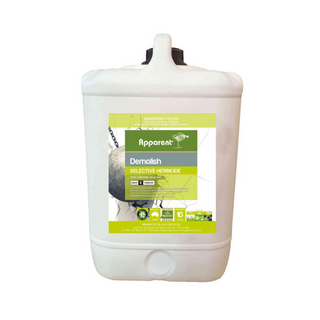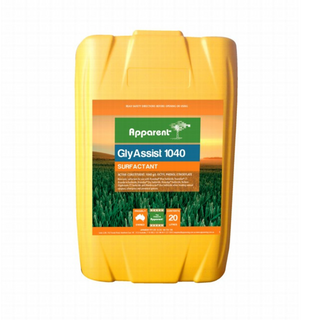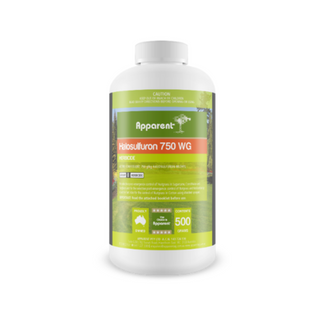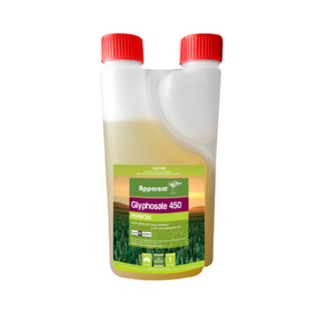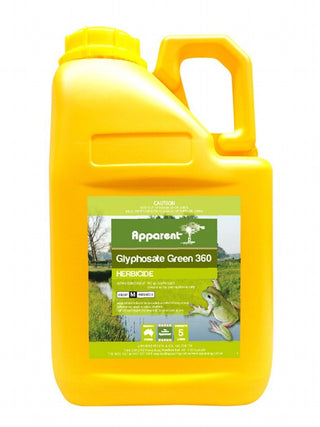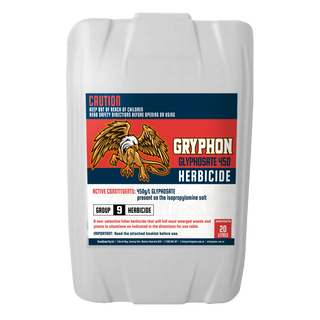Botanical name: Cyperus rotundus
Common Names
Coco Grass, Ground Almond, Java Grass, Red Nutgrass
A long-lived grass-like plant usually growing 20-50 cm tall. It produces a network of creeping underground stems with small tubers (10-25 mm long). Its upright flowering stems are smooth and three-angled in cross-section its very narrow leaves (7.5-20 cm long and 2-6 mm wide) are borne in a tuft at the base of the stems. Its seed-heads have 3-8 branches of varying in length (up to 10 cm long) and are subtended by two to four green leafy bracts. These branches bear several elongated reddish-brown or purplish-brown flower spikelets (10-25 mm long and 2-2.5 mm wide).
Stem and leaves
This weed has creeping underground stems (i.e. rhizomes) on which form dark coloured egg-shaped (i.e. ovoid) or oval (i.e. ellipsoid) tubers (10-25 mm long) with a brown fibrous covering. These tubers are white on the inside when young and become reddish brown as they mature. The flowering stems are upright (i.e. erect), slender (1-2 mm thick), rigid, smooth and three-angled in cross-section (i.e. trigonous). The very narrow (i.e. linear) leaves are borne in a tuft at the base of the stem. These leaves (7.5-20 cm long and 2-6 mm wide) can be shorter or longer than the stems. They have entire margins and pointed tips (i.e. acute apices). Both the leaves and stems are hairless (i.e. glabrous) and somewhat glossy in appearance.
Flowers and fruits
The seed-head (i.e. inflorescence) is subtended by two to four green leafy bracts and has 3-8 branches of varying in length (up to 10 cm long). Each of these branches carries an irregularly-shaped cluster of several flattened reddish-brown or purplish-brown coloured flower spikelets towards its end. These elongated flower spikelets (10-25 mm long and 2-2.5 mm wide) are loosely arranged and have 10-40 tiny flowers (i.e. florets). Flowering occurs mostly during summer and autumn. The 'seeds' (i.e. nuts or achenes) usually do not mature. When produced, these 'seeds' (about 1 mm long) are somewhat egg-shaped (i.e. ovoid), but three-angled in cross-section (i.e. trigonous). They have a slight projection (i.e. beak) at the tip and are variable in colour (i.e. black, brown, grey or olive green).
Reproduction and dispersal
This species reproduces vegetatively via its creeping underground stems (i.e. rhizomes) anf tubers.The rhizomes spread laterally and can eventually form large colonies. The tubers are also dispersed during cultivation and in contaminated soil.
SIMILAR SPECIES
The reddish-purple colour of the flower spikelets is the easiest way of differentiating nutgrass (Cyperus rotundus) from the similar tuber-producing species such as yellow nutgrass (Cyperus esculentus) and downs nutgrass (Cyperus bifax).
SCENARIOS AND SOLUTIONS:
- In garden beds: spot spray with Apparent Bromoxynil + MCPA, Apparent Demolish, or Apparent Halosufuron.
- In buffalo lawns: use Apparent Bromoxynil + MCPA or Apparent Demolish.
- In couch & kikuyu lawns: use Apparent Halosufuron.


